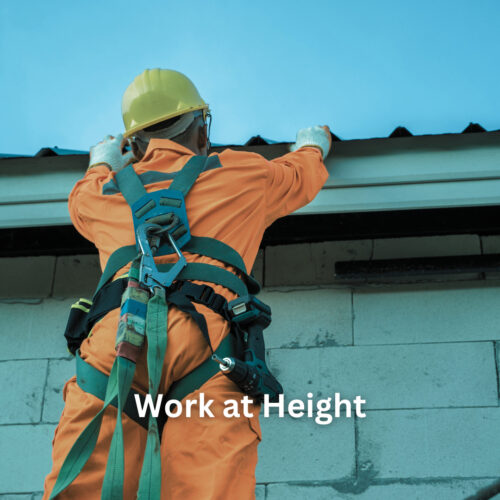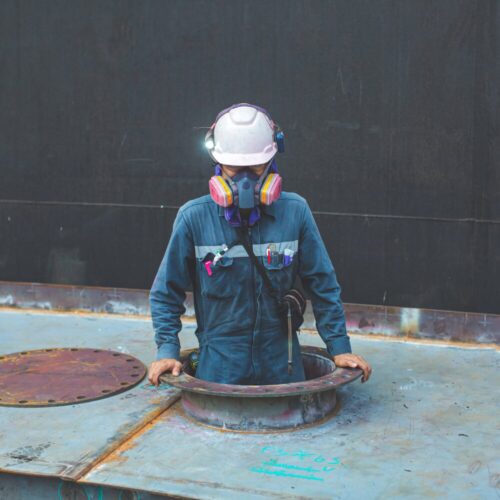Manual Handling is the moving of any load by bodily force, including lifting, putting down, pushing, pulling or carrying.
All employees by law should be trained in the correct techniques in association with the product/equipment they will be using during the working day.
Course objectives/outcomes:
H&S Laws & Regulations – Manual handling Operation Regulations 1992 (amended 2002)
- The responsibilities of the employer and employee
- What exactly is manual handling, and what types of injuries can occur
- Good posture, biology of the back, combined with how you should look after it
- Techniques for lifting, lowering, pushing, pulling and carrying loads
- Risk factors and how injuries can occur
- Mechanical Aids available on the market to assist with your manual handling assessments
- The importance of issuing and using the correct PPE for the task product and sequence of works
- Importance of adhering to your existing company Manual Handling policy
- Safe handling technique videos
- Test paper/questions/ handouts & review




